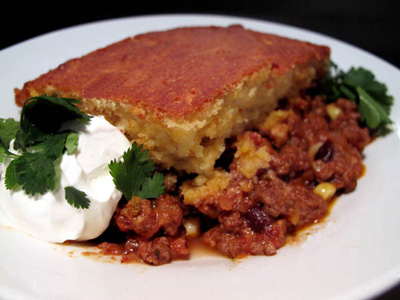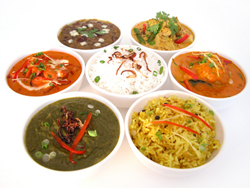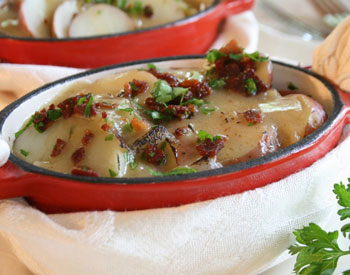 When ever I am asked what would my last meal be, the answer is always the same; a crispy taco. Crispy tacos are way at the top of my list of favorites and I have absolutely no will power when it comes to ordering in a Mexican restaurant. Intellectually, I know I should be ordering the soft tacos with grilled chicken or grilled shrimp in a Verde sauce. But I just can’t seem to help myself.
When ever I am asked what would my last meal be, the answer is always the same; a crispy taco. Crispy tacos are way at the top of my list of favorites and I have absolutely no will power when it comes to ordering in a Mexican restaurant. Intellectually, I know I should be ordering the soft tacos with grilled chicken or grilled shrimp in a Verde sauce. But I just can’t seem to help myself.
Growing up, a typical day was swimming at the Nathan’s pool, doing some arts and crafts, and then gathering up my friends and riding our bikes to Taco Tio. Taco Tio was a typical little taco stand about 3/4 of a mile from my house. Food was ordered through a sliding mesh screen and there were a few stools that sat under the outside, very high counter. I would order my crispy tacos, sit on those stools, and watch the lady make and assemble my afternoon snack. When Taco Tio closed and a sub shop tooks it place, it was a sad day in the neighborhood. And to this day, I have had a hard time replacing the taste of both their tacos or those memories.

 This is one of my favorite winter casseroles based on a recipe from
This is one of my favorite winter casseroles based on a recipe from  I first fell in love with Indian food while working at a company in West Hollywood and my boss, who was a true asshole with excellent taste in food, always ordered lunches from Anarkali. I would drive to pick up the large order for practically everyone in the office, and savored the few minutes I spent inside there while waiting for the food. Anarkali's low ceilings and uber-decorative booths offered a sweet escape from my days at work. And they always gave me free beer, which I would give to the head of the company because I was still 18 and not quite ready to drink on the job.
I first fell in love with Indian food while working at a company in West Hollywood and my boss, who was a true asshole with excellent taste in food, always ordered lunches from Anarkali. I would drive to pick up the large order for practically everyone in the office, and savored the few minutes I spent inside there while waiting for the food. Anarkali's low ceilings and uber-decorative booths offered a sweet escape from my days at work. And they always gave me free beer, which I would give to the head of the company because I was still 18 and not quite ready to drink on the job.  When it comes to cooking the food from another culture, the ingredients and techniques can be unfamiliar. Going to a foreign country and taking a cooking class is great, but not a readily accessible opportunity for most. Fortunately there are local cooking classes and cooking kits.
When it comes to cooking the food from another culture, the ingredients and techniques can be unfamiliar. Going to a foreign country and taking a cooking class is great, but not a readily accessible opportunity for most. Fortunately there are local cooking classes and cooking kits. You really don’t need to be German to have fun celebrating Oktoberfest. And, you don’t need to travel to Munich to enjoy the food we associate with Germany and its festival that lasts several days, providing a gateway for summer to turn to fall. This year, the celebrating begins September 22nd and will run through October 7th.
You really don’t need to be German to have fun celebrating Oktoberfest. And, you don’t need to travel to Munich to enjoy the food we associate with Germany and its festival that lasts several days, providing a gateway for summer to turn to fall. This year, the celebrating begins September 22nd and will run through October 7th.